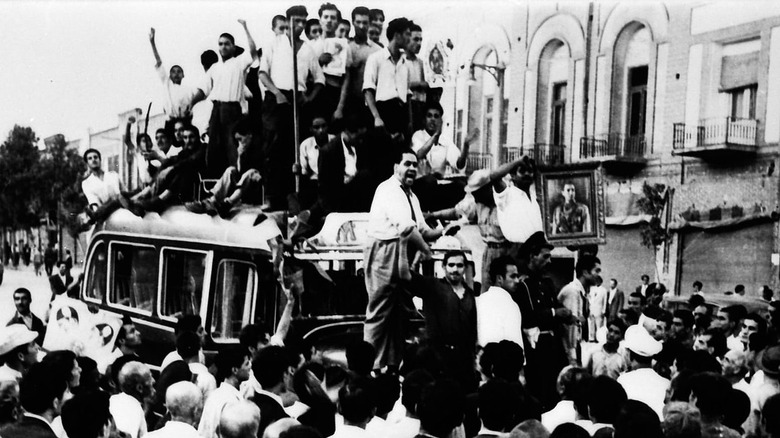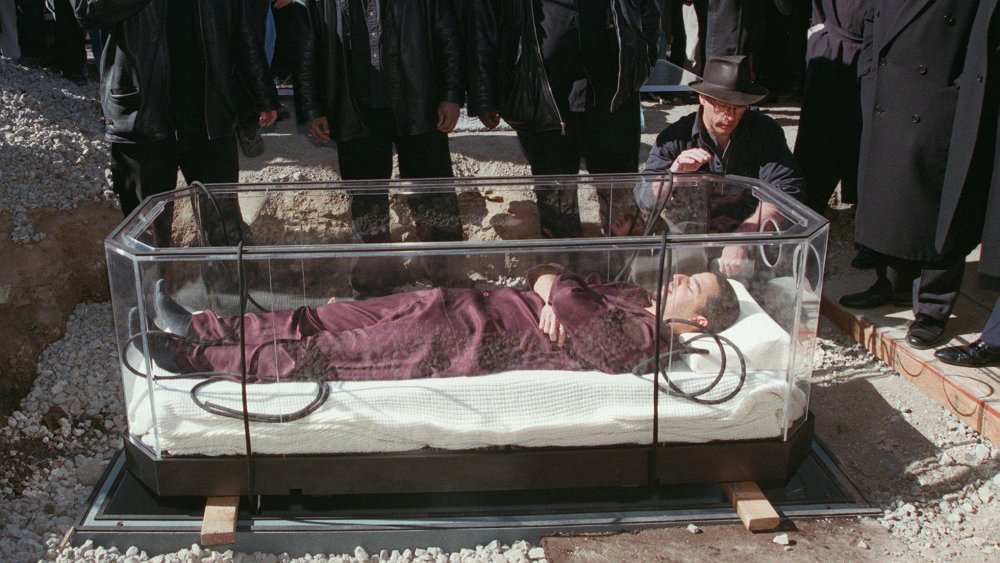
Why The CIA’s Operation Ajax Was So Messed Up
The CIA has proved to be far from above using nefarious strategies to meet its goals, even into the present. Throughout the Cold War, the agency reportedly conducted a vast array of spying and assassination missions in order to hinder the expansion of Soviet influence and/or protect American interests. Fidel Castro alone was the target of over 600 hits, while many successes in other countries were tallied for decades (via The Guardian). In 1953, its conduct was no different when political turmoil swept through Iran, threatening the stability that the CIA desperately craved.
Two years earlier, Iranian Prime Minister Mohammad Mosaddegh headed an effort to reduce the power of the shah, the country’s monarch. The latter had been in the process of positioning himself as the center of Iran, with private entities orbiting around his authority. The attempt to secularize Iran’s government and nationalize the targets of the shah’s influence brought panic to the overseeing British. Their fear was largely rooted in Persian oil exports being disrupted by this seemingly, from their perspective, communistic change in status quo (via History). Playing off both of these points, the British petitioned for American assistance in putting a stop to it, and Operation Ajax was born.
CIA coup that restored power to the shah
American involvement in the plot turned out to be far more dubious than anticipated, as many high-ranking conspirators were arrested. When the shah fled the country after bribes to dismiss Mosaddegh had failed to sway him, he finally relented when regional CIA head (and son of Teddy Roosevelt) Kermit Roosevelt informed him the agency would proceed without him (via The New York Times). Roosevelt was by this point acting in complete defiance of his superiors, as they actually called off the coup due to fears of further implication (via Foreign Policy). Under Roosevelt’s direction and money, rival demonstrators were fighting in the streets and giving the impression of a legitimate uprising.
With the aid of several tanks, anti-Mosaddegh elements of the military soon captured the prime minister in his home and placed him under house arrest (via The National Security Archive). Many saw through this false uprising, and the communist and conservative factions of Iran soon united against the shah when he returned to assume control. The coup took only four days to complete yet was a direct catalyst for the later 1978 Iranian Revolution, as anger over such foreign interference had more than reached a boiling point (via NPR).
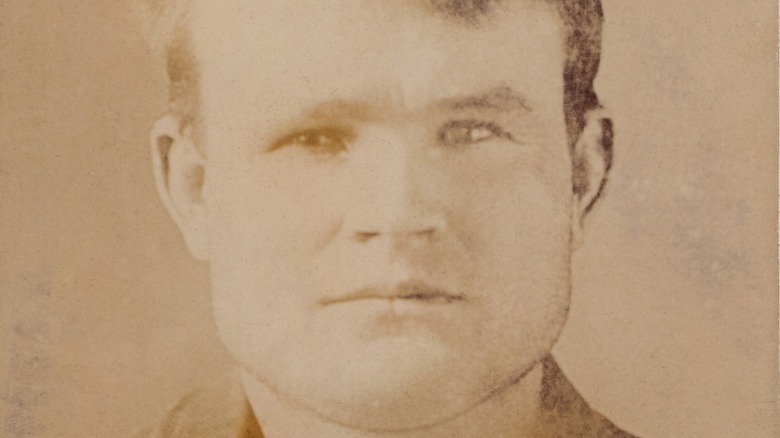
Butch Cassidy's Only Time In Jail Isn't For What You Think
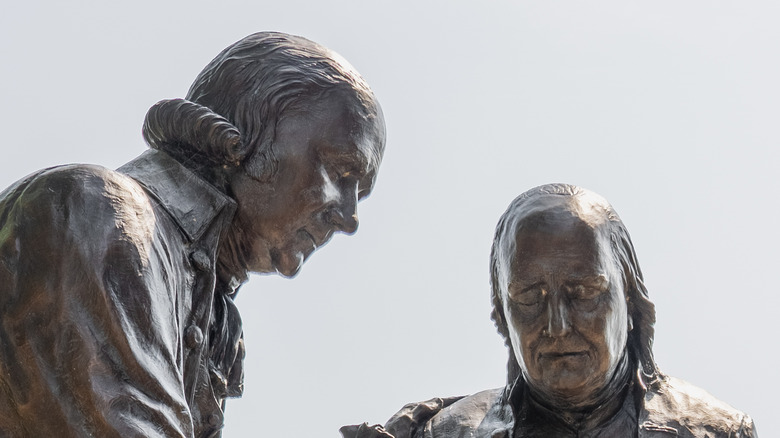
The Reason Why John Adams And Ben Franklin Once Shared A Bed

Why Ferdinand Magellan Was Considered A Traitor To His Home Country
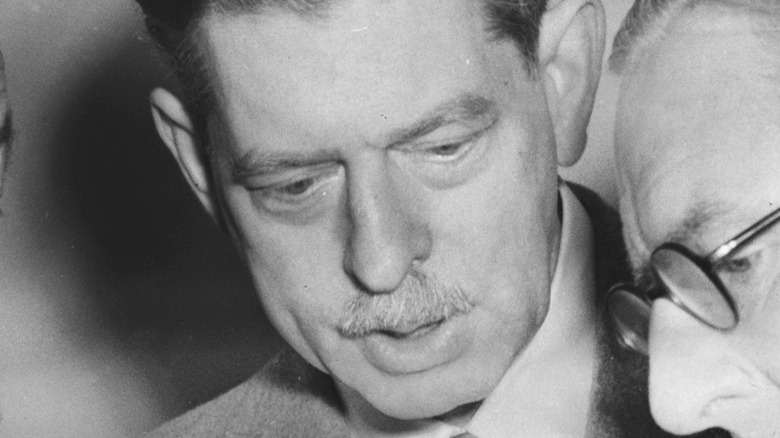
Why King Carol II Of Romania Renounced His Title

How Were Vestal Virgins Chosen?

The Mythology Of Poseidon Explained

The Sad Story Of Andreas Mihavecz And His Guinness World Record

The Only Star You Can't Step On At The Hollywood Walk Of Fame

Why Some People Believed The Black Death Was A Divine Punishment
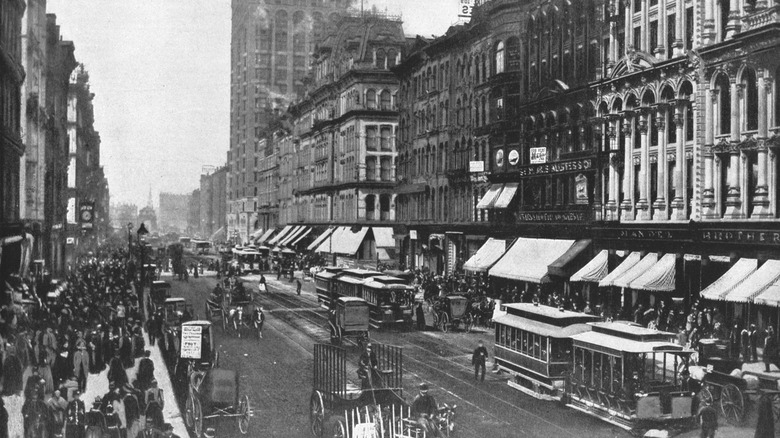
The 1897 Chicago Sausage Vat Murder Explained
